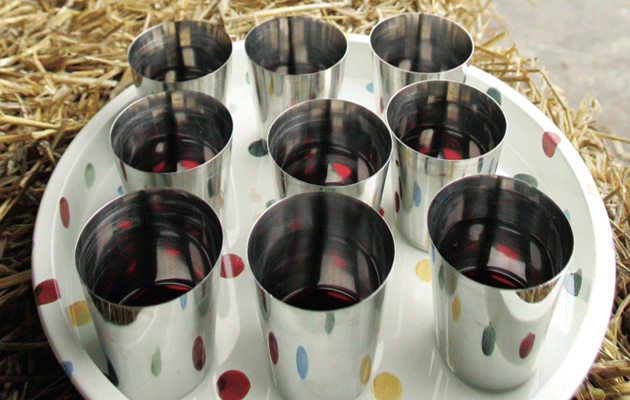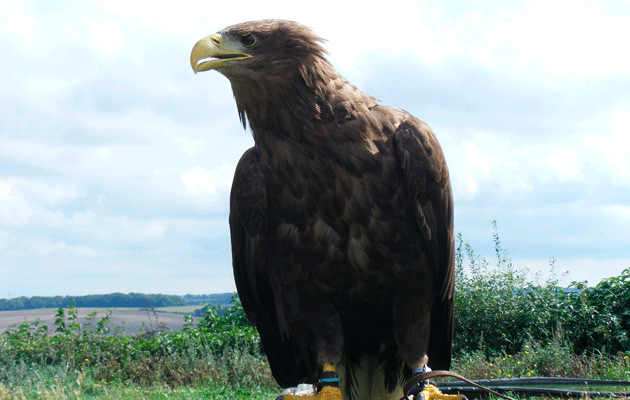The Future of hand engraving
This country has a long tradition of producing some of the finest hand engraving work anywhere in the world. But it has recently become clear that, like so many traditional crafts, engraving faces several challenges.
At first glance, business seems good. Engravers report that demand is strong for what they do, even within the economic climate. Many gun engravers in particular, have full order books for years ahead. But look a little closer and it is apparent that the number of engravers has fallen dramatically in recent years, as older practitioners have started to retire without enough younger engravers coming in to replace them.
This is partly because universities and colleges, which used to provide courses, have now dropped them, meaning that youngsters are unable to gain access to the subject via their normal education. As a consequence,the future of the profession depends entirely on the ability of busy engravers to train up new recruits.
Yet for most engravers, who tend to be in small businesses or are self-employed, sparing the time to teach apprentices the skills is difficult when the pressure of work is strong and margins are tight. Despite the Governments much vaunted apprentice schemes, there is no part of its massive bureaucracy that will help subsidise a small engraving firm, or an individual practitioner, to train up an apprentice. This is regardless of conversations held between the Hand Engravers Association (HEA) and the Government. On average, three to four years is needed before an apprentice can either become self-sufficient or start to make a profit for his master. It is, therefore, not viable for small engraving firms to support an apprentice without funding.
The HEA was founded to try to reverse this decline. Its aim is to raise the profile of hand engraving in order to ensure its survival. This will require both attracting youngsters to the profession and gaining the financing either to fund or subsidise apprenticeship schemes. Some of the larger gunmaking companies have helped the HEA by providing work experience to young engravers, but this is not the same as an apprenticeship and these firms cannot be expected to take the place of universities.
The HEA is now establishing an apprenticeship, which seeks to be broad and flexible in its approach. As most young people are uncertain which type of engraving suits them best when they enter the profession, the new scheme allows apprentices to work with different masters in different fields, for example, inscription cutting, silverware or guns. This system, with its exposure to a broad range of applications, materials and techniques, maintains a varied and exciting experience and reduces dropout. It will, however, require funding and we are actively seeking sponsorship.
We have also started to run short introductory training courses and are demonstrating our work at fairs and exhibitions. The decline in numbers is reversible and efforts should be made to ensure that this is done. It would be a tragedy if, through lack of support from the present generation, the number of engravers falls below the critical mass required for survival. Computer-generated mechanical engraving is no substitute for skills handed down over the centuries.
For more information, visit www.handengravers.co.uk.
Have your say: if you have a view on a current news topic, send it, in no more than 500 words, to selena_masson@ipcmedia.com.
What is YOUR opinion?
Join other ST readers in our forums to discuss your views.
Like this article? Mark this page on a social bookmarking website…








